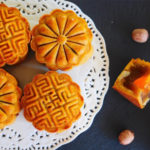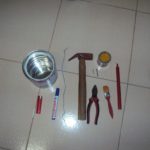Vietnam’s Mid-Autumn Festival features two types of mooncakes: baked and sticky rice, usually square or round. The sweet fillings typically include mung beans or lotus seeds, or a variety pack with lap xuong, winter melon candy, fat, sugar, lime leaves, and jambon.
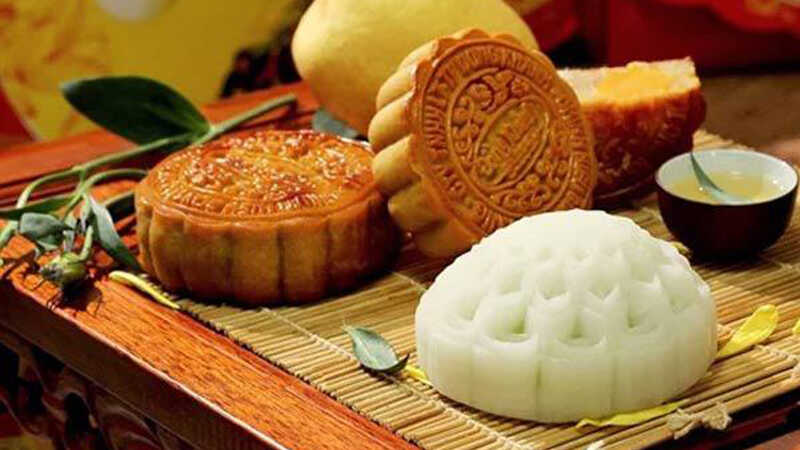 Baked and Sticky Rice Mooncakes
Baked and Sticky Rice Mooncakes
This is the traditional taste of Vietnamese mooncakes, but in other East Asian and Southeast Asian countries, people enjoy mooncakes with unique shapes and flavors…
1 Tshukimi-Dango – Japan
 Tshukimi-Dango – A Japanese Treat
Tshukimi-Dango – A Japanese Treat
These are rice dumplings made with a Japanese twist, arranged in a triangle on a wooden rack for the moon-viewing party. They are often accompanied by a vase of susuki grass and some fruit. The Japanese believe that the Moon Rabbit lives on the moon, and they often imagine it eating or pounding mochi while gazing at the moon.
2 Songpyeon – Korea
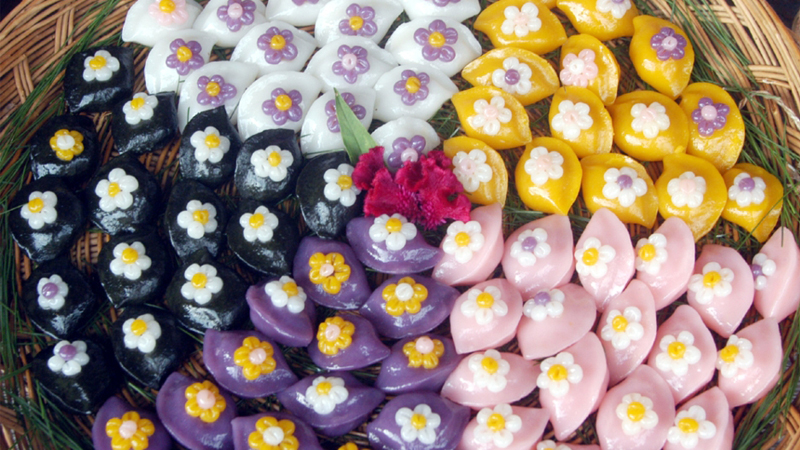 Songpyeon – A Korean Delicacy
Songpyeon – A Korean Delicacy
These cakes are made from rice flour and various ingredients such as mung beans, adzuki beans, sesame seeds, honey, and sugar. They are steamed with fresh pine needles, resulting in colorful cakes in white, pink, dark green, yellow, and brown. The unique shape of Songpyeon is that of a crescent moon, as Koreans believe in the cycle of the moon, symbolizing growth and prosperity.
3 Singapore’s Chewy Mooncakes
 Chewy Mooncakes – A Singapore Tradition
Chewy Mooncakes – A Singapore Tradition
Singapore’s Mid-Autumn Festival mooncakes are made from wheat flour and rice flour, resulting in a thin, shiny crust. The colors of the mooncakes vary depending on the filling, such as purple for taro, green for green tea, and yellow for durian. These mooncakes are chilled after preparation, hence the name “cold mooncakes.”
4 Casahana and Baker’s Cottage Mooncakes from Malaysia
 Casahana and Baker’s Cottage Mooncakes: A Malaysian Delight
Casahana and Baker’s Cottage Mooncakes: A Malaysian Delight
These mooncakes primarily use plant-based ingredients, with moderate sweetness and a variety of flavors and colors. In addition to the round shape, inspired by Guangdong-style mooncakes, Malaysian mooncakes also come in sea shell, flower, and star shapes. Some delicious fillings include Japanese adzuki beans and white lotus seeds.
5 Hopia – Philippines
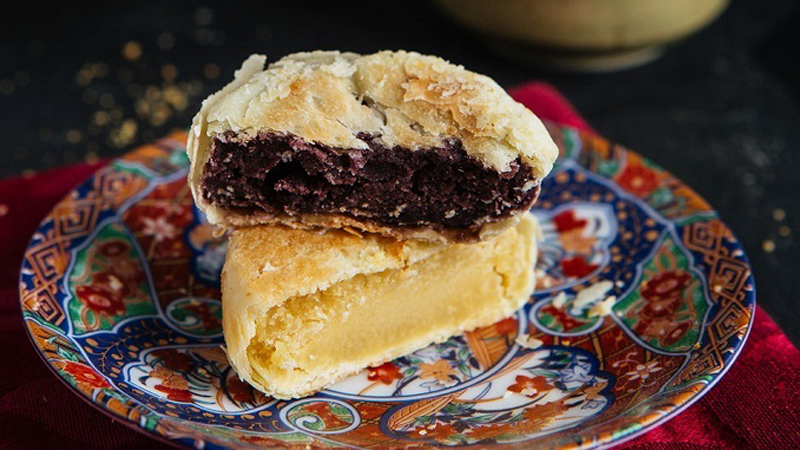 Hopia – A Filipino Favorite
Hopia – A Filipino Favorite
Hopia is the most popular mooncake in the Philippines during the Mid-Autumn Festival. It has a simple shape with a golden, crispy crust and a variety of fillings, including mung beans, purple yam, adzuki beans, and pork.
Although these special cakes are made for the same occasion, each country has its unique recipe and significance. They are all fascinating and worth exploring.
How Long Can Mooncakes Be Stored Before Going Bad?
Every year when the Mid-Autumn Festival arrives, families all around the world partake in the timeless tradition of indulging in the beloved mooncake. This savory delicacy, capable of remaining edible for up to seven days with proper storage methods, is seen as a necessity on the 15th day of the eighth lunar month.
Crafting a Milk Jug Lamp: A Joyful Activity for the Entire Family
Bring some fun and sparkle to this year’s Mid-Autumn Festival with an eco-friendly tin can lantern! Encourage your children to think outside the box and get creative with a sustainable art project that will set the mood for a magical celebration. Get ready to follow this easy tutorial and make an enchanting toy that is sure to make your little ones smile.



























